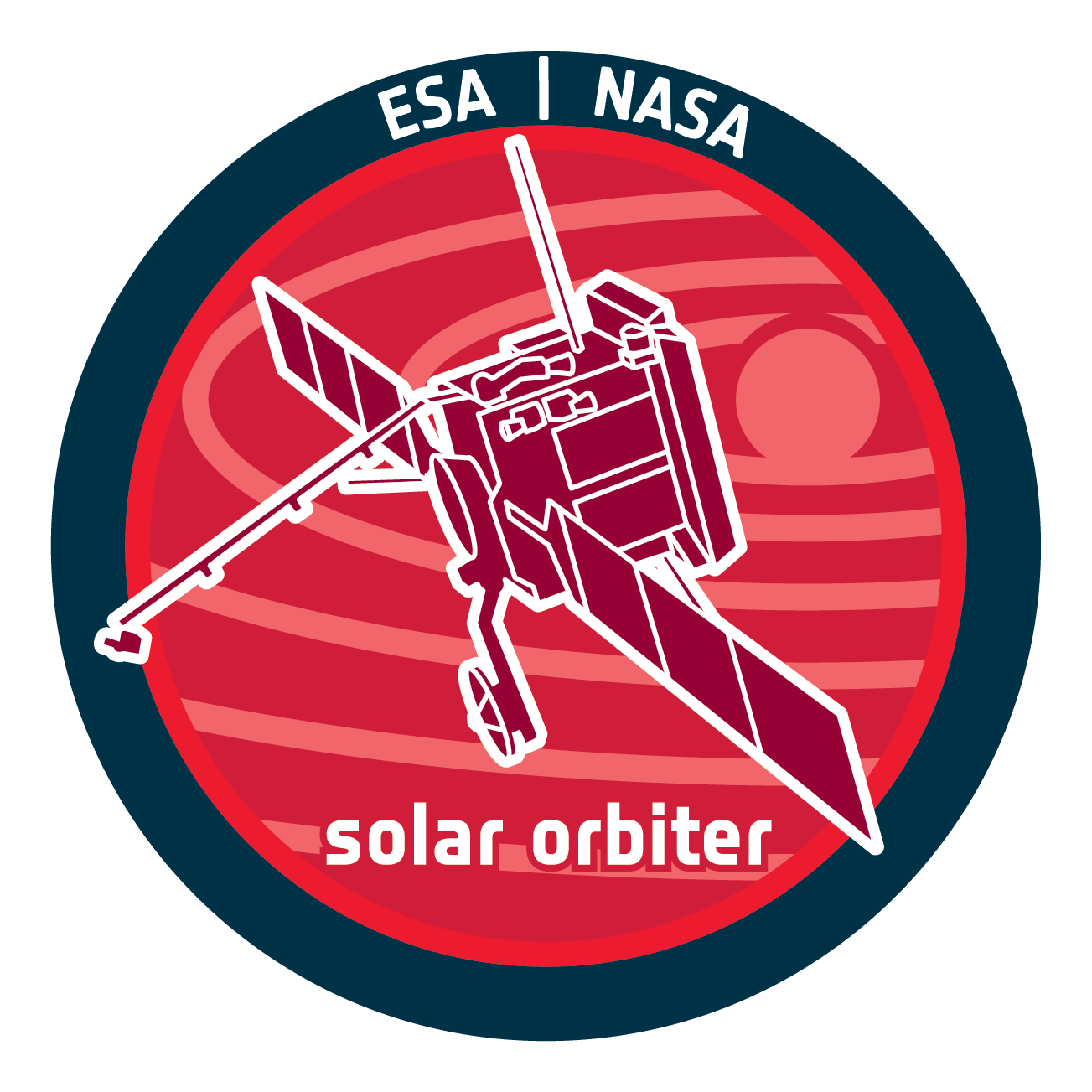

| Name | SO/PHI, Polarimetric and Helioseismic Imager on Solar Orbiter |
| Mission | Solar Orbiter |
| URL | http://soar.esac.esa.int/ |
| DOI | https://doi.org/10.57780/esa-tgmpwum |
| Author | Sami K. Solanki |
| Abstract | The Polarimetric and Helioseismic Imager is a magnetograph based on two telescopes, the Full Disc Telescope (FDT) and the High Resolution Telescope (HRT). The instrument carries out narrow-band imaging spectro-polarimetry of the Fe I 617.3nm absorption line, obtaining four polarization states at each of the six spectral scanning position. In their more extended version, the scientific data provided by SO/PHI consist of the Stokes vector, the full magnetic field vector, the Doppler velocity as well as the continuum intensity at each pixel in the field of view. |
| Description | The 24 polarimetric images per dataset obtained by SO/PHI are demodulated into the Stokes vector and subsequently processed by inverting the radiative transfer equation (RTE). SO/PHI has the unique option to perform the RTE inversion also onboard. SO/PHI scientific data usually consist of fully calibrated maps of the RTE inverted physical quantities, namely the magnetic field strength, the inclination angle of the magnetic field vector with respect to the line of sight, the angle of the magnetic field azimuth, the line-of-sight flow velocity as well as the continuum intensity in the 617nm band. When the RTE inversion is performed on ground, the calibrated maps of the Stokes vector are also available. The SO/PHI-FDT telescope has a plate scale of 3.7 arcsec and it is designed to image the full solar disk at each position of the orbit of Solar Orbiter, where the distance from the Sun varies from 0.29 to 1.1AU. FDT data are usually provided at lower cadence (typically hours) for synoptic purposes. The SO/PHI-HRT telescope has a plate scale of 0.5 arcsec and it is meant for high-resolution observations at closer approach. The helio-projective pixel size at perihelion (0.29AU) is about 106km. HRT data are mainly obtained for shorter periods but at higher cadence (typically from a minute to hours). Dedicated observing programs for helioseismology contain only a single polarization state in order to provide the Doppler velocity and the continuum intensity at the highest possible cadence. More information on SO/PHI and its data products can be found at https://www.mps.mpg.de/solar-physics/solar-orbiter-phi |
| Publication | Solanki, S.K., del Toro Iniesta, J.C., Woch, J. et al., The Polarimetric and Helioseismic Imager on Solar Orbiter, A&A, 642, A11, 2020, https://doi.org/10.1051/0004-6361/201935325 |
| Temporal Coverage | 2020-11-18/.. |
| Mission Description |
Solar Orbiter is a mission of international collaboration between ESA and NASA. It explores the Sun and the heliosphere from close up and out of the ecliptic plane. Launched on 10 February 2020, it aims to address the overarching science question: how does the Sun create and control the Heliosphere – and why does solar activity change with time? To answer it, the Solar Orbiter spacecraft is cruising to a unique orbit around the Sun, eventually reaching a minimum perihelion of 0.28 AU, and performing measurements out of the ecliptic plane: reaching 18° heliographic latitude during its nominal mission phase, and above 30° during its extended mission phase. It carries six remote sensing instruments to observe the Sun and the solar corona, and four in-situ instruments to measure the solar wind, its thermal and energetic particles, and electromagnetic fields.
Müller, D., O.C.St. Cyr, I. Zouganelis, et al., The Solar Orbiter mission: science overview, A&A., 642, A1, 2020; DOI: https://doi.org/10.1051/0004-6361/202038467 Müller, D., Marsden, R.G., St. Cyr, O.C. et al., Solar Orbiter, Sol. Phys., 285, 25–70 (2013); https://doi.org/10.1007/s11207-012-0085-7 |
| Creator Contact | Sami K. Solanki, Principal Investigator, Max Planck Institute for Solar System Research, Germany; solanki@mps.mpg.de |
| Publisher And Registrant | European Space Agency |
| Credit Guidelines | European Space Agency, Sami K. Solanki, 2024, SO/PHI - Polarimetric and Helioseismic Imager on Solar Orbiter, 1.0, European Space Agency, https://doi.org/10.57780/esa-tgmpwum. |